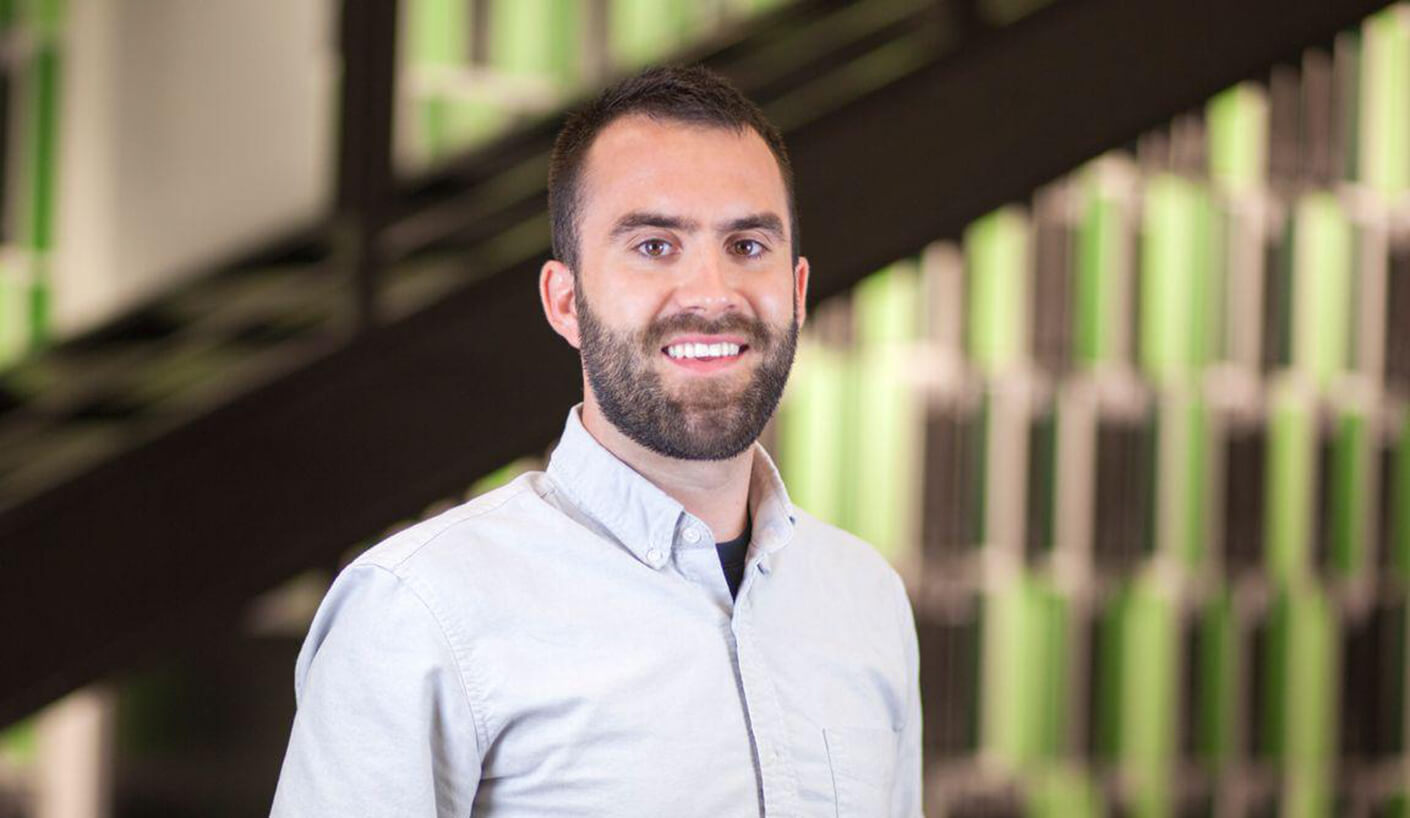Conversations with Colleagues: Jack Thomas



Q: What role does diversity, inclusion, and engagement play in the design profession at large, and why is the LGBTQ+ voice important to the industry?
A: I believe that our LGBTQ+ voice is fundamentally part of a larger conversation about race, religion, gender expression, and class, to name but a few–let us not forget that Pride Month was fought for by Black trans women! When you come from a marginalized group, there is so much day-to-day mental energy devoted to forcing a “fit” with the norm, which in many firms is still that “Boys’ Club” culture. I have spent countless hours across my career thinking of all the ways that I could tap into that group before coming to the realization that what makes me different than the fold is worth celebrating! Implementing a firmwide framework for diversity, inclusion and engagement as Perkins&Will has, empowers Queer-identifying people and other groups to feel that we have equal access to the same opportunities. When our leadership and peers give us the chance to show up at the table as ourselves, we have more capacity to share what we have to say, to develop our careers and at the end of the day, to produce better work for our clients and end users. I really applaud the good work that Perkins&Will is doing for the profession by making our workplace a safe space for our colleagues to be our most authentic selves.
Q: In what ways do you feel your work is contributing to diversity, inclusion, and engagement in the design profession?
A: Being involved with our Corporate Interiors Studio, I get to play a part in how we can use J.E.D.I principles in design to bring people together in the workplace. Equity and inclusion for the end user is really at the forefront of what we are trying to ultimately deliver to our clients. Even when we are working with a lean project budget, our team always manages to find creative ways to foster collaboration and bring joy to the day-to-day. Perkins&Will is making great strides to look at the workplace experience more holistically, which I think is what sets us apart from our competitors.


Q: As a leader in the design industry, what steps do you take to expand professional design opportunities to members of LGBTQ+ communities?
A: For the last few years I have instructed an evening technical design drawing course at our local community college system and I often feel like I learn as much from my students as they (hopefully) learn from me. Many come from low-income backgrounds and are the first in their families to set foot in a higher education setting. A handful of those students identify as LGBTQ+. I try to recognize that for many of my students, the traditional career path is completely foreign which requires us as educators and mentors to check our privilege at the door. I make a conscious effort each semester to clarify that our world is changing and our industry is evolving along with it. And it is firms like Perkins&Will that are helping to amplify the voices of marginalized groups in our profession. The best part of my experience has been to see my former students on campus continuing with the program knowing that they have felt inspired to further their pursuit of a career in design.
Q: In what ways do you think our firm stands apart from other firms as far as diversity, inclusion, and engagement go—and how has our firm enabled you to thrive as a professional?
A: In today’s politics, it can be very easy for companies of all types to brand themselves in support of marginalized communities, but it is another animal entirely to actually implement meaningful change in the industry. Perkins&Will’s J.E.D.I. initiative has recognized that there is an urgent responsibility to both elevate the profession in our increasingly diverse world and have the tough conversations about justice, equity, diversity and inclusion that are long overdue. Together with the American Institute of Architects, the firm has shared a how-to guide for other firms to implement J.E.D.I principles in their practice. In doing so, the firm is going above and beyond diversity as a “buzzword” or an annual Pride-themed LinkedIn logo. Perkins&Will is championing the notion that the talent pool is more diverse than ever before and that it is necessary to invest in resources to make our firm a better place to work and do business with. And being represented by female, BIPOC, LGBTQ+ (and allied) leadership empowers me to be a better leader in and out of the office. I love that our junior staff can look up the organizational chart and say, “hey, that person shares a similar story as me and look what they are doing now.” I think that is something unique to our firm that even in 2021, is still not the case across the board.
